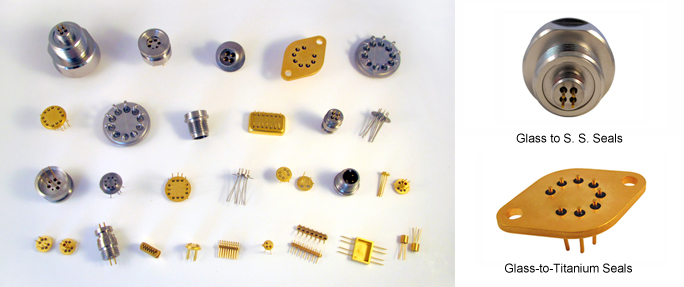A hermetic seal is known as a go-to choice for superior protection when it counts. Whether you require protection from air, gasses, moisture, soil or any other hazard, hermetic connections are the gold standards across many industries. But a seal protects best when it is the right seal for the job. Learn more about the main types of hermetic sealing and find out which ones are best for your job.
To start with, there are three main types of airtight seal. They are:
- Glass to glass seal
- Glass to metal seal
- Ceramic to metal seal
Glass to Glass Hermetic Seals
When two glass pieces require a perfectly sealed environment, glass to glass sealing is the choice. As many as five layers may be involved in the creation this type of seal, which is often used in sealing flat windows, glass tube components and glass envelopes to name just a few applications.
Glass to Metal Seals
Glass and metal fused together to form leak-tight joints are glass to metal seals. These types of seals are all around you every day, due mainly to their versatility and strength. Known for their exceptional hermetic values, these types of seals are critical in the construction of vacuum tubes, pressure tight glass windows and any number of electronic components to name just a few applications. GTMs are especially useful in the lighting industry, with the most common application being the seal on a lamp bulb.
Ceramic to Metal Seals
Ceramic to Metal seal is more costly and time consuming to make than a glass to metal seal. Some say it is worth for applications where high operating temperatures, high voltage and harsh environments are required. Ceramic can be made in custom designs and show more resistance to mechanical and thermal shocks.
When zero porosity is required, hermetic sealing is the reliable choice. Know your options by understanding the different sealing possibilities and ensure you’re choosing the best sealing method.

